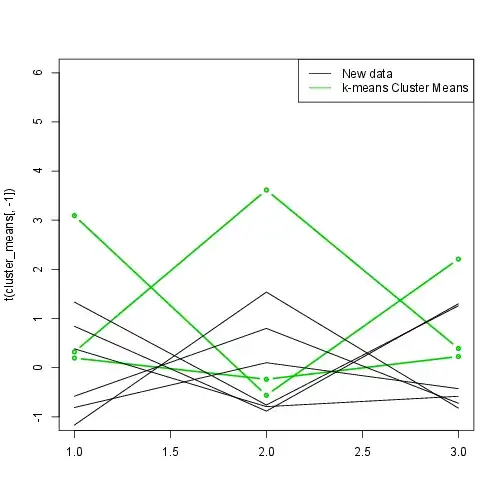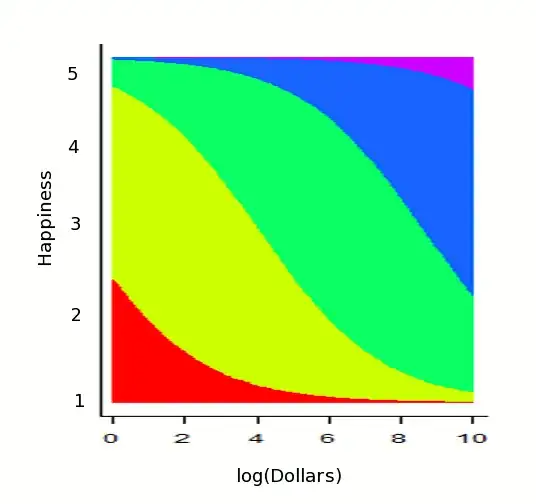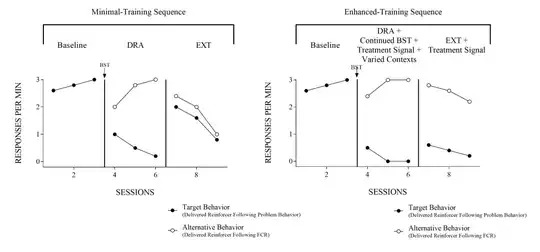A zero-mean GMRF (i.e., a multivariate normal distribution whose precision matrix is sparse) with precision $Q \in \mathbb{R}^{n \times n}$ and covariance $\Sigma = Q^{-1}$ is eigendecomposed as $Q = V \Lambda V^\top$ and $\Sigma = V \Lambda^{-1} V^\top$.
The columns $v_k \in \mathbb{R}^n$ of $V = [v_1, \dots, v_n]$ identify independent directions (as in PCA). Under this basis, the precision is diagonalized as $\Lambda = \operatorname{diag}(\lambda_1, \dots, \lambda_n)$ and the covariance as $\Lambda^{-1} = \operatorname{diag}(\lambda_1^{-1}, \dots, \lambda_n^{-1})$, where $\lambda_k$ and $\lambda_k^{-1}$ are the precision and variance in direction $v_k$.
One could build (rank-1) subfields with (generally non-sparse) precision $Q_k = v_k \lambda_k v_k^\top$ and covariance $\Sigma_k = v_k \lambda_k^{-1} v_k^\top$ such that $Q = \sum_k Q_k$ and $\Sigma = \sum_k \Sigma_k$. How to interpret these subfields? In which sense are they independent?
Numerical example with a path graph defined by $$Q = \begin{bmatrix} 1 & -1 & 0 & 0 & 0 & 0 & 0 \\ -1 & 2 & -1 & 0 & 0 & 0 & 0 \\ 0 & -1 & 2 & -1 & 0 & 0 & 0 \\ 0 & 0 & -1 & 2 & -1 & 0 & 0 \\ 0 & 0 & 0 & -1 & 2 & -1 & 0 \\ 0 & 0 & 0 & 0 & -1 & 2 & -1 \\ 0 & 0 & 0 & 0 & 0 & -1 & 1 \\ \end{bmatrix}. $$
(In this example, the precision $Q \in \mathbb{R}^{7 \times 7}$ is positive semi-definite with $\operatorname{rank}(Q) = 6$ and $\lambda_0 = 0$. The covariance $\Sigma = Q^+ = V \Lambda^+ V^\top$ is the Moore–Penrose inverse of $Q$.)
In the below figures, directions are ordered by explained variance ($\lambda_k^{-1} / \sum_k \lambda_k^{-1}$), i.e., $0 = \lambda_0 < \lambda_1 < \dots < \lambda_6$.
Rank-1 subfields $Q_k$:
Rank-$K$ cumulative subfields $\sum_{k=0}^K Q_k$ (hence the last figure is the full precision $Q$):
Rank-1 subfields $\Sigma_k$:
Rank-$K$ cumulative subfields $\sum_{k=0}^K \Sigma_k$ (hence the last figure is the full covariance $\Sigma$):



